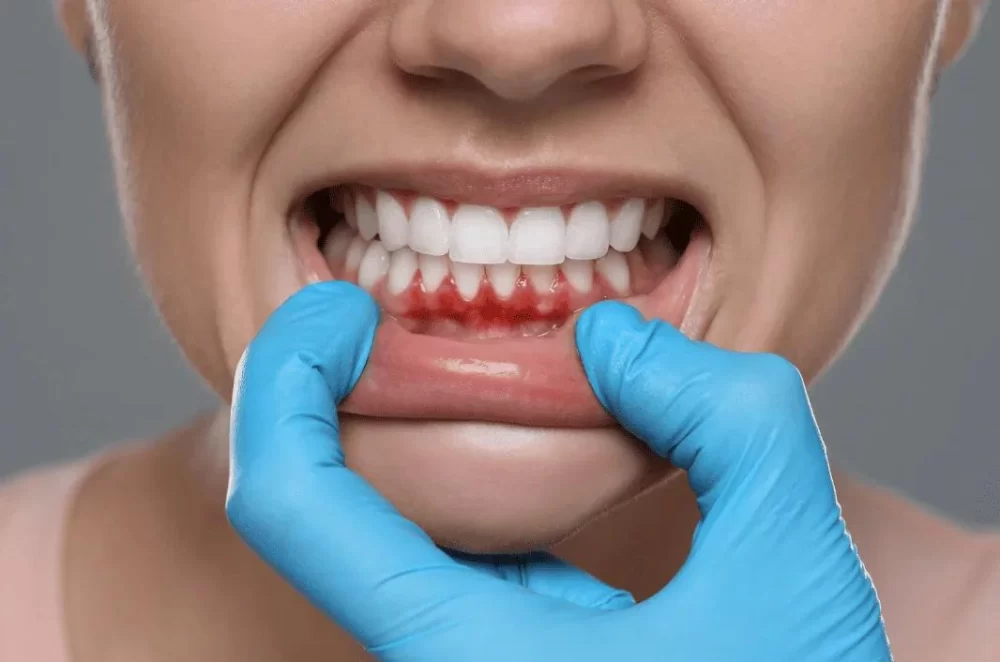
- signs-of-gum-abscess-symptoms
- gum-abscess-treatment-options
- recognizing-dental-abscess-signs
- how-to-treat-gum-abscess
- preventing-gum-abscess-complications
Recognizing the Signs of Gum Abscess and Its Symptoms
A gum abscess is a painful infection that forms a pocket of pus in the gum tissue surrounding a tooth. Recognizing the signs of gum abscess early is critical to preventing serious complications. Common symptoms include persistent throbbing pain near the affected tooth, swelling of the gum or face, and redness around the infected area. Patients often report sensitivity to hot or cold food and discomfort when chewing.
Additionally, a foul taste or bad breath can develop due to the presence of pus. Some individuals may experience fever or swollen lymph nodes, indicating the infection may be spreading. If left untreated, a gum abscess can lead to serious oral health issues such as tooth loss or systemic infections.
Effective Treatment Options for Gum Abscess
Once a gum abscess is diagnosed, timely treatment is essential. Dentists typically start by draining the abscess to remove pus and reduce swelling. This procedure alleviates pain and helps clear the infection. In some cases, antibiotics are prescribed to control bacterial growth and prevent further spread.
Deep cleaning of the affected area, including scaling and root planing, may be necessary to remove plaque and tartar buildup that contribute to the infection. In severe cases, a root canal or even tooth extraction might be required to fully resolve the abscess.
How to Distinguish a Gum Abscess from Other Dental Issues
Many dental problems share similar symptoms, so it's important to differentiate a gum abscess from other conditions like gingivitis or periodontal disease. The localized swelling, intense pain, and presence of pus are key indicators of an abscess. A dental professional can confirm the diagnosis through clinical examination and X-rays.
Understanding these distinctions empowers patients to seek the right care promptly, improving treatment outcomes and minimizing discomfort.
Home Care and Preventive Measures for Gum Abscess
While professional treatment is necessary, patients can support recovery with proper home care. Rinsing with warm salt water helps reduce bacteria and soothe inflamed gums. Maintaining excellent oral hygiene by brushing twice daily and flossing can prevent recurrence.
Avoiding tobacco and limiting sugary foods also reduces the risk of infections. Regular dental check-ups are crucial for early detection and management of gum problems before they escalate into abscesses.
Potential Complications of Untreated Gum Abscesses
Ignoring the signs of a gum abscess can lead to severe complications such as the spread of infection to the jawbone, sinuses, or bloodstream. This can result in osteomyelitis (bone infection), cellulitis (soft tissue infection), or sepsis, a life-threatening condition.
Prompt recognition and treatment are vital to prevent these outcomes. Early intervention not only saves teeth but also protects overall health.
Patient Stories and Expert Insights
Jessica, a 35-year-old patient, ignored mild gum pain for weeks, attributing it to sensitivity. When swelling and fever developed, she sought emergency dental care and was diagnosed with a severe gum abscess. After drainage and antibiotics, Jessica fully recovered but emphasizes the importance of early attention to symptoms.
Dentists recommend staying vigilant about oral changes and consulting professionals at the first sign of trouble. Dentistry Toothtruth provides comprehensive care and expert advice to manage and prevent gum abscesses effectively.







 Bicknell Dental Care, Ltd.5.0 (59 review)
Bicknell Dental Care, Ltd.5.0 (59 review) Matt D. Johnson, DDS INC5.0 (104 review)
Matt D. Johnson, DDS INC5.0 (104 review) Word of Mouth Designs0.0 (0 review)
Word of Mouth Designs0.0 (0 review) Chen Winston w DDS4.0 (23 review)
Chen Winston w DDS4.0 (23 review) Caring Smiles Dental4.0 (150 review)
Caring Smiles Dental4.0 (150 review) Lakeview Family Dental4.0 (40 review)
Lakeview Family Dental4.0 (40 review) The Importance of Oral Health Education During Pregnancy for a Healthy Pregnancy
The Importance of Oral Health Education During Pregnancy for a Healthy Pregnancy Best Tips for Brushing Your Teeth Properly for Healthy Gums: Essential Techniques for Oral Health
Best Tips for Brushing Your Teeth Properly for Healthy Gums: Essential Techniques for Oral Health Why Skipping Dental Checkups Can Lead to Bigger Oral Health Problems
Why Skipping Dental Checkups Can Lead to Bigger Oral Health Problems Advantages of Porcelain Dental Restorations
Advantages of Porcelain Dental Restorations How Can Diabetes Cause Tooth and Gum Problems? Preventing and Managing Oral Health Issues
How Can Diabetes Cause Tooth and Gum Problems? Preventing and Managing Oral Health Issues Healthy Habits for Promoting Good Oral Health and Hygiene: Tips for a Healthy Smile
Healthy Habits for Promoting Good Oral Health and Hygiene: Tips for a Healthy Smile